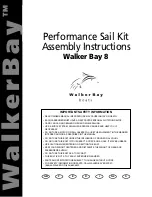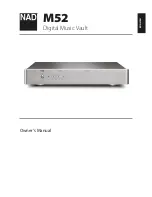The Edit Menu
20
Diatonic harmony.
A single Key and Scale e.g. E Maj2, is typically
used for a whole song or section when no instrument is avail-
able or when the sound of Scale harmony is preferred.
The pitch interval between your voice and a generated har-
mony voice varies between 3, 4 or 5 semitones away, depending
on the scale tone you’re singing at any moment. This produces
more harmony note changes per octave than Naturalplay and
can sound uncanny in its realism. The downside is that Scale har-
mony works for fewer chord change and melody combinations
than Naturalplay, since it is not “listening” for the ongoing chords
in your music. For good results with Scale harmony, avoid 5th
voicings and, when a Major key is called for, use the Maj 2 scale.
Shift
With Shift harmony, intervals are solidly
fixed.
This is in contrast
to Naturalplay and Scale harmony, where the pitch interval be-
tween your voice and the harmony voices varies according to
chordal input or scale rules. Once you have specified a voicing
interval, that harmony voice will remain at exactly that interval
no matter what notes you sing.
In the factory presets, Shift mode is mostly used to produce
group unison, octaves or 5th intervals. Via the Voices menu, you
are able to choose other intervals from 1 semitone to 2 octaves
above or below.
When using voicings other than octaves and fifths, Shift harmony
can create unusual voicings and interesting sonic experiments,
but it is usually not used for creating typical harmony sounds.
Notes
Preset #155 in the VoiceLive Touch 2 factory set is called “MIDI
Notes”. This preset requires a MIDI keyboard to be connected
to the MIDI jack. Playing the keyboard while singing will shift the
pitch of your singing voice to up to four notes played simulta-
neously on the keyboard. Additional held notes will not sound.
MIDI Sustain pedal and Pitch bend messages will hold harmony
notes and bend pitches respectively.
Содержание VoiceLive Touch 2
Страница 98: ...Getting Support 92 Getting Support ...


















